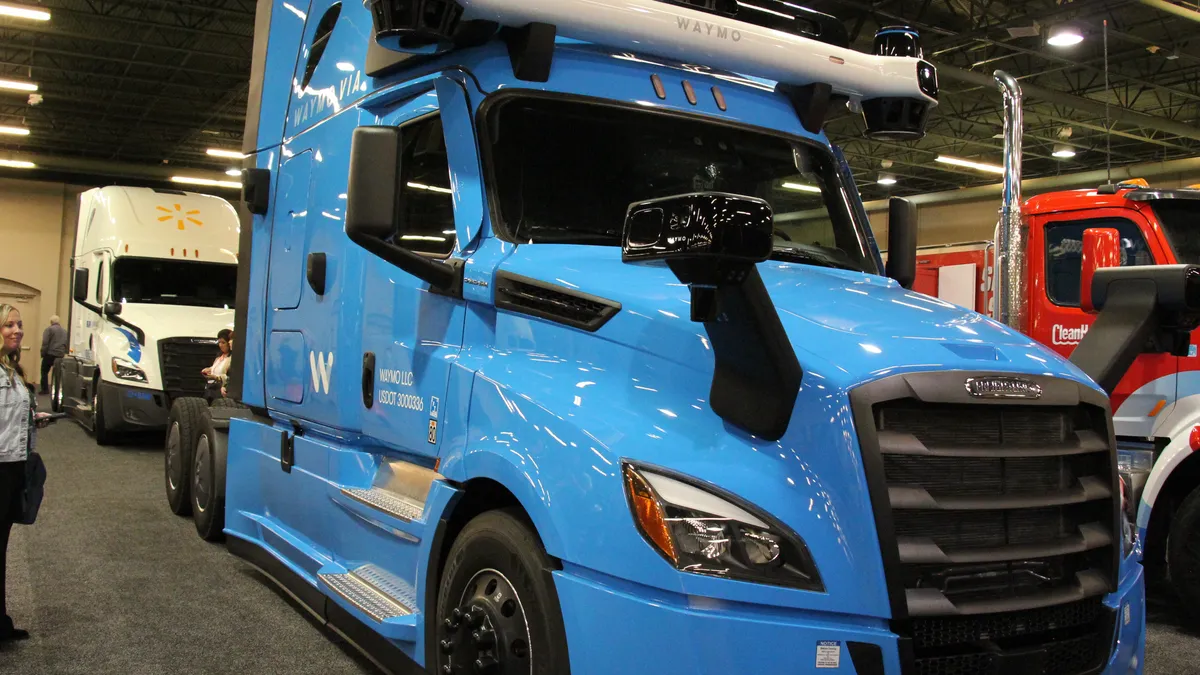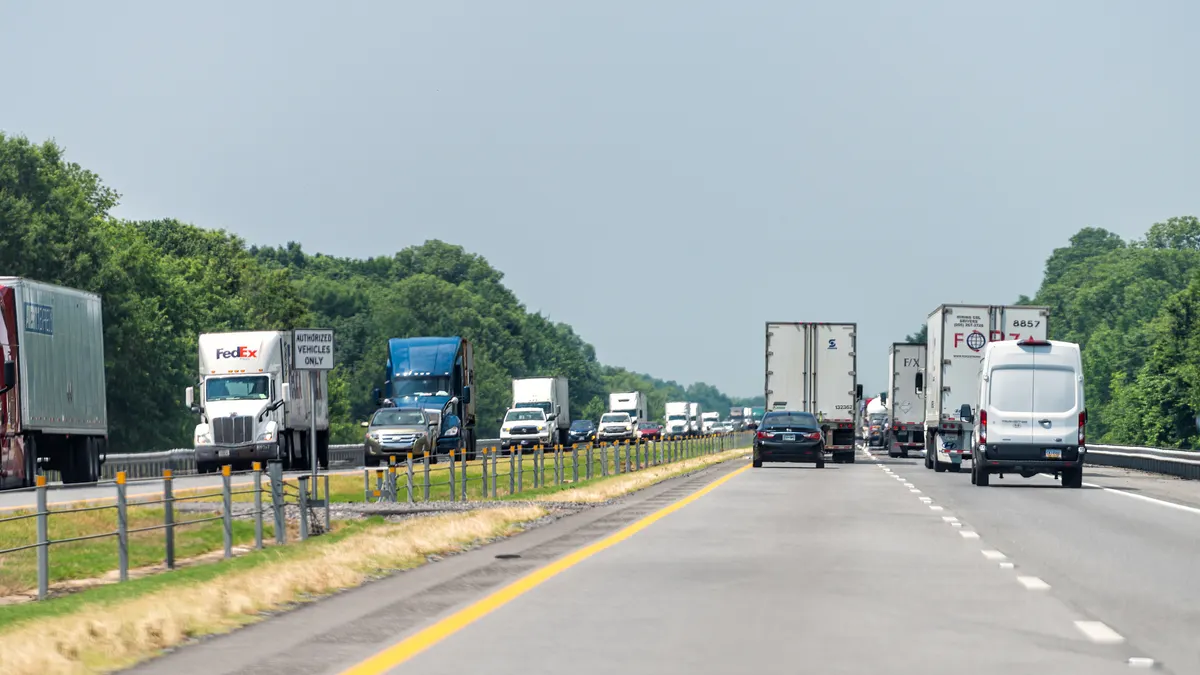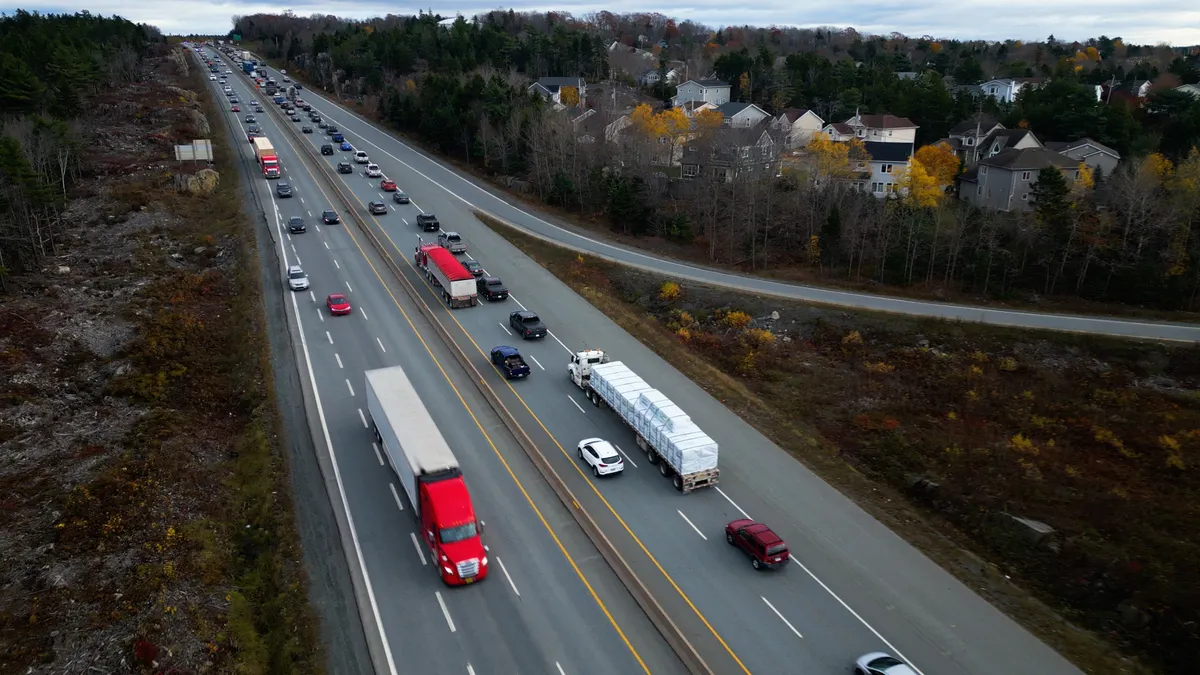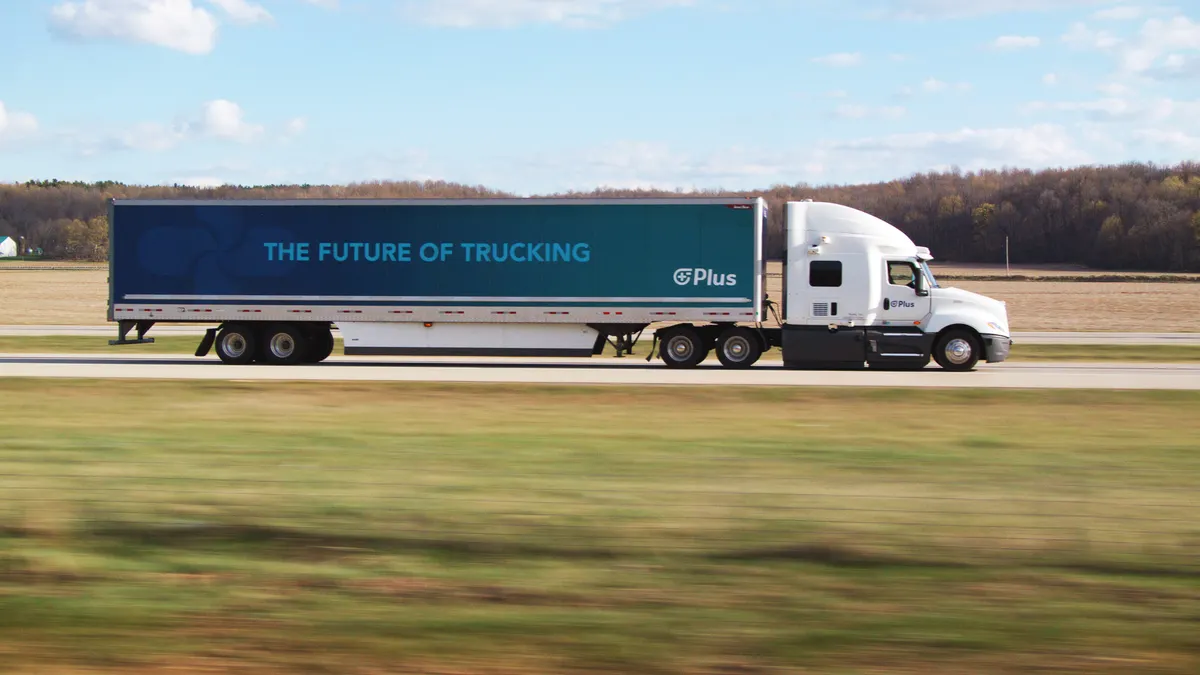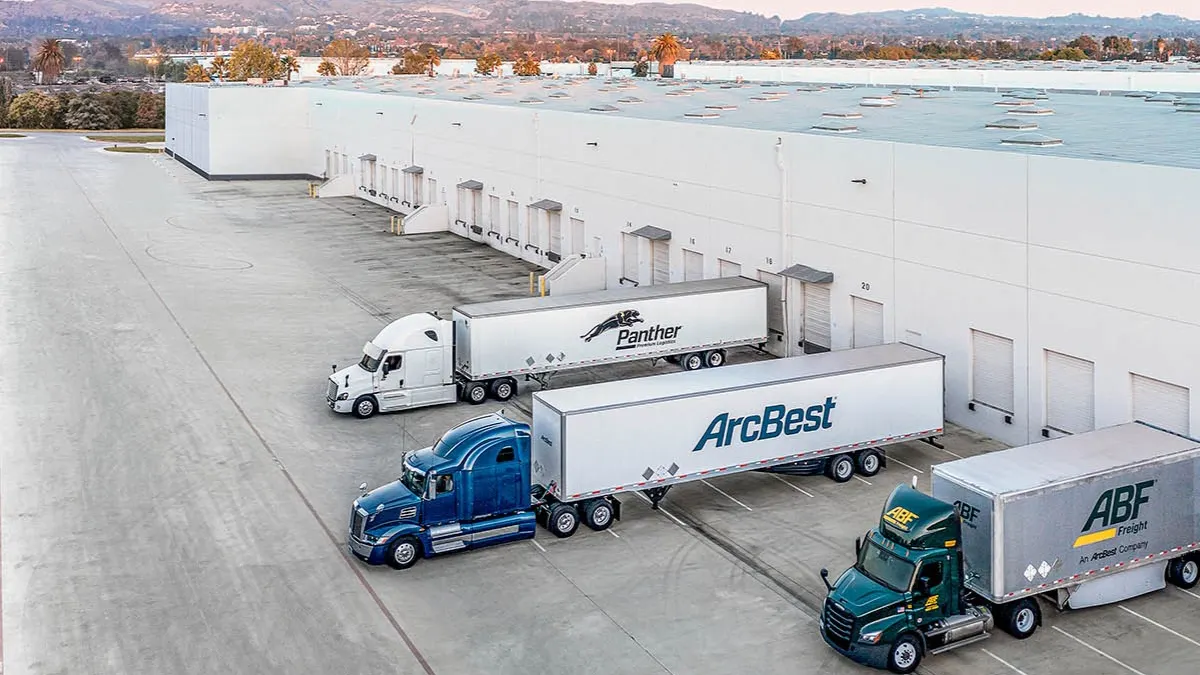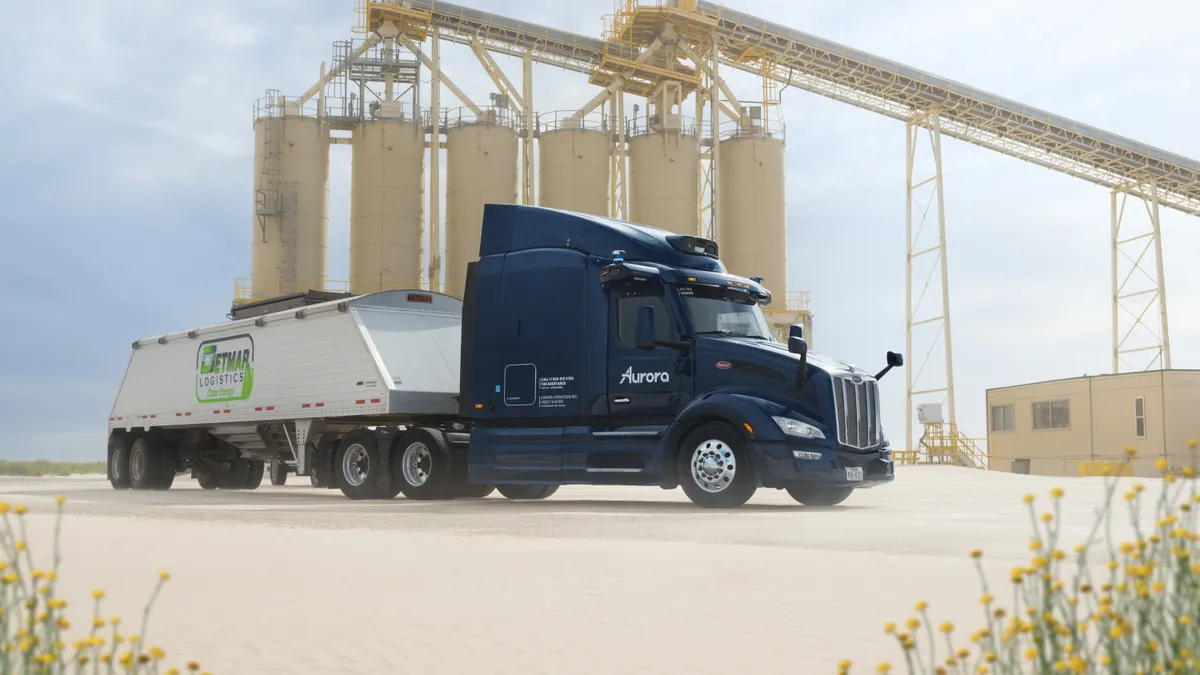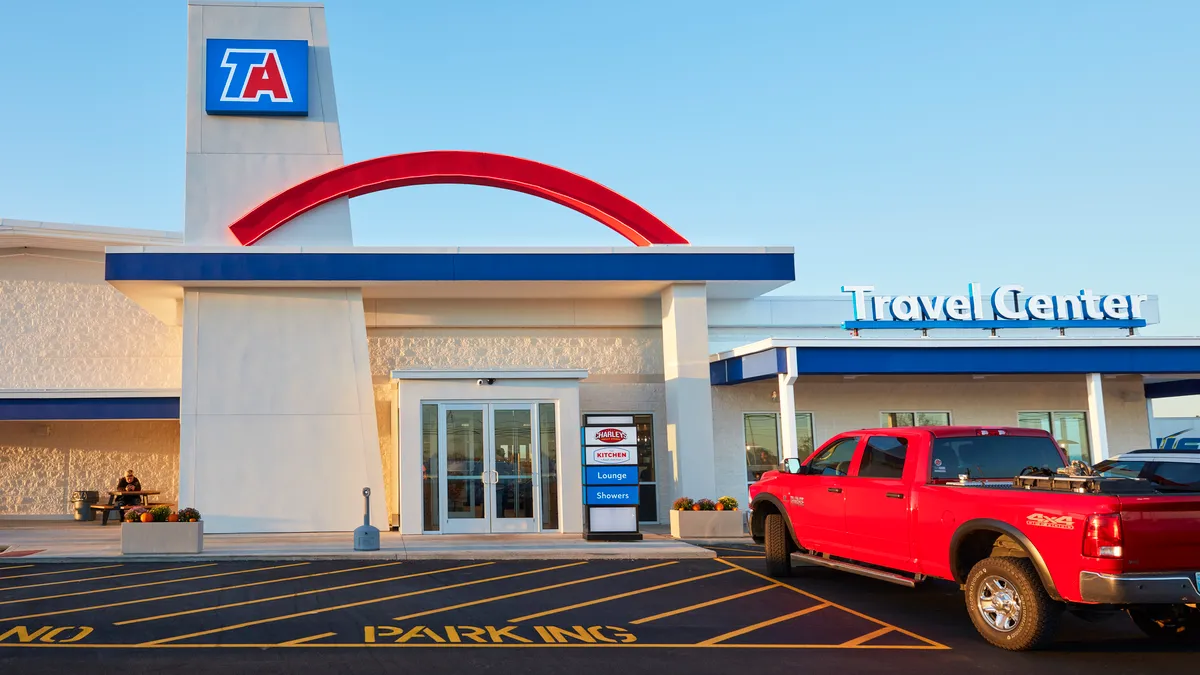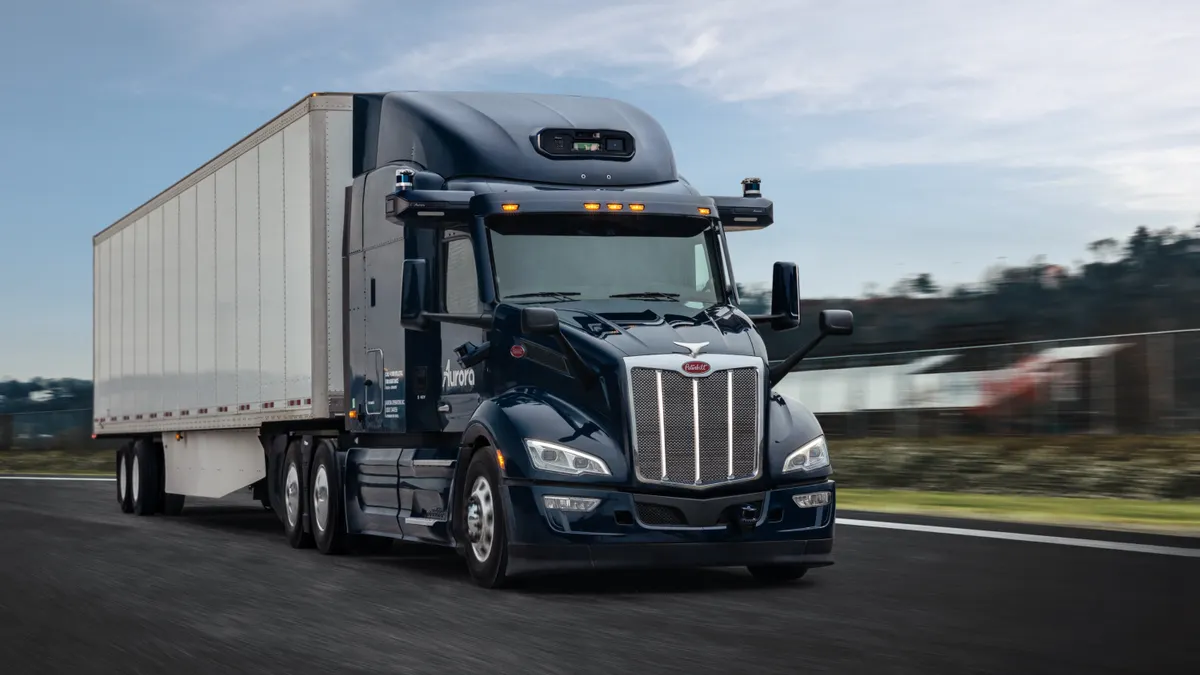Shifting consumer habits, market dynamics and tax incentives could further spur fleets to use technologies to maximize efficiencies for trucks, lowering long-term costs for carriers.
Despite hazy economic conditions, new tax rebates for green trucks and advancements in self-driving vehicle testing are giving fleets more control, meaning 2023 could yield opportunities amid challenges.
Academic and industry group leaders weighed in on trends that fleets might pursue amid tougher trucking conditions and potential deceleration in growth. While uncertainties in the marketplace might loom, new policies and technological momentum are providing fog lines.
1. Technology could reduce fuel costs
In recessionary periods with decreased demand, OEMs can provide deals to make up for fleets buying fewer trucks, notes Mike Roeth of the North American Council for Freight Efficiency.
And that could open up more opportunities. Oftentimes, those deals allow fleets to buy more efficient trucks, said Roeth, the executive director for the group.
His nonprofit has evaluated two dozen prominent companies — such as C.R. England, J.B. Hunt and Maverick Transportation — and compiled a list of 86 products that can help fleets improve their fuel efficiency. NACFE also tracks carrier adoption rates of new technology, showing trends over the years.
“It's starting to sink in how expensive this is to move freight,” he said, noting that even if there are fuel surcharges, fleet managers can take advantage of those by adopting fuel-efficient technology to get more miles per gallon.
Roeth often tells people that a truck averaging 7 miles per gallon driving 100,000 miles with a diesel price of $5 per gallon costs over $70,000 annually to fuel the vehicle.
Diesel prices surge, fall in 2022
2. EVs gain momentum
With PepsiCo reserving 100 Tesla Semis and receiving its first delivery of the vehicles in December, the snack and beverage company is exploring the technology across its businesses.
This coincides with federal efforts to advance clean energy vehicles, where a tax credit for certain commercial clean vehicle purchases can generate up to $40,000 in savings for each medium- and heavy-duty truck bought.
“With PepsiCo saying they will have 100 of the Tesla semi trucks on the road this year, and other big players like Walmart, UPS and Anheuser-Busch with orders pending, this could be a transformational year,” Eric Novak, a professor with Seneca’s School of Human Resources & Global Business in Toronto, wrote in an email to Transport Dive.
Given the change, it remains to be seen whether other players will follow suit, wrote Novak. He’ll be seeing how that question is answered this year along with other metrics, such as whether EVs will bring economic benefits.
“Many players have likely been taking a curious, but cautious approach and now that we expect to see these [battery electric vehicle semis] on the road, will it be enough to convince the cautious to take the plunge?” Novak wrote.
3. More states could allow automated driving
AV companies have touted advancements and breakthroughs as they move toward commercialization, forming partnerships with key players.
While the extent of that development remains to be seen, companies such as Aurora have said its driving technology platform will be ready by the end of 2023.
Michael Belzer, a Wayne State University economics professor who created the Transportation Research Board’s Committee on Trucking Industry Research, said that while testing continues, he sees the changes happening incrementally.
“There will be certain autonomous truck environments,” he said, “There are already. But they're contained.”
Meanwhile, more states are weighing whether to let self-driving vehicles on the road. Mississippi legislators could authorize a bill to open up autonomous cars and heavy-duty trucks on public roads, with legislation going into effect as early as July 1. Autonomous Vehicle Industry Association Executive Director Jeff Farrah says the state could join 22 others that proactively authorize level four or level five autonomous vehicles.
“We're trying to open up as many commercial corridors as we possibly can,” Farrah said, noting the organization is also very active in Kentucky and South Dakota.
With layoffs affecting certain companies, such as TuSimple, Farrah said that it’s an unfortunate reality given the economic environment affecting a young industry. He added that companies may be trying to make sure they aren’t burning cash too quickly and demonstrating to the capital markets, public and policymakers that they’re in it for the long run.


